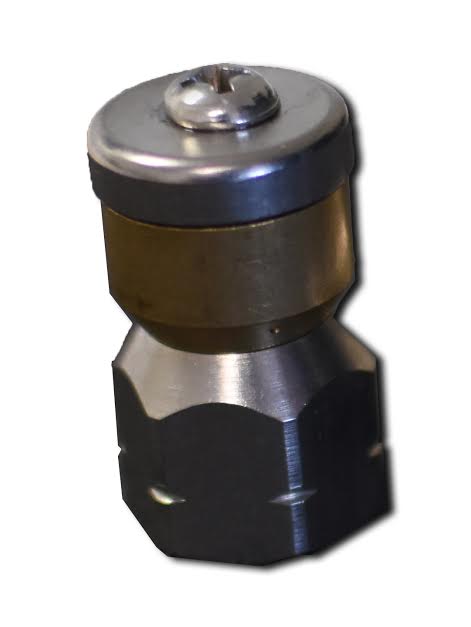
Revise the design of three-fluid nozzle to improve the formation of core-shell structuresThe working hypothesis for Aim 1 is that the design of the three fluid nozzle is a critical factor and the relative length of the center, middle and outer channels of the three-fluid nozzle will be the main factor to form and control the core-shell structure.2. For this long term goal, three specific aims were developed.The specific aims include:1. We hypothesize that the adaptation of a three-fluid nozzle to spray drying will enable the formation of core-shell structures without energy intensive additional steps. Goals / Objectives Our long term goal is to provide a novel technique for a microencapsulation that can be applied to a wide range of applications. Also, it is possible to form a core-shell structure with two miscible materials. One of the notable advantages of using a three-fluid nozzle is that the core-shell structure can be formed with a one-step process without requiring any pre-treatments such as pre-mixing or pre-homogenization. The focus of this proposed project is to encapsulate various target materials in core-shell structures using a three-fluid nozzle.A three-fluid nozzle has three fluid channels a center channel for liquid 1 (target material), a middle channel for liquid 2 (wall material), and a outer channel for compressed gas. In addition to the need for the step to create an emulsion, it is difficult to encapsulate two miscible materials in a core-shell structure using a two-fluid nozzle.

The emulsion is pumped through an inner channel and transformed into mist by a compressed gas flowing through the outer channel.

Protein and carbohydrate are the most commonly used as wall materials in microencapsulation due to their good encapsulation properties.A conventional route to form a core-shell structure requires mixing of two immiscible phases in order to generate an emulsion, which is generally an energy intensive process.

Various polymer systems such as alginate, carrageenan, protein, and starch have been used to encapsulate target materials using spray drying. The main advantage of the spray drying is the ability to handle labile materials because of the short contact time in the dryer. Liquids are atomized by centrifugal atomizer or nozzle and immediately dried by hot air flowing in the chamber.

Among those techniques, spray drying is the most common and economical technique to produce microencapsulated food materials. Microcapsules offer the food processor a mean to protect sensitive food components, ensure against nutritional loss, utilize otherwise sensitive ingredients, incorporate unusual or time release mechanisms into the formulation, mask or preserve flavors and aromas, and transform liquids into solid ingredients that are easy to handle.Food ingredients, enzymes, cells, or other materialscan be encapsulated by many different techniques including physical methods (e.g., spray drying and extrusion), chemical methods (e.g., interfacial polymerization), and physicochemical methods (e.g., coacervation). Encapsulation technology in food processing consists of coating minute particles of ingredients (e.g., acidulants, fats, and flavors), as well as whole ingredients (e.g., raisins, nuts, and confectionery products), by microencapsulation and macrocoating techniques, respectively. Non Technical Summary Microencapsulation is defined as a technology of packaging solids, liquids, or gaseous materials in miniature, sealed capsules that can release their contents at controlled rates under specific conditions.


 0 kommentar(er)
0 kommentar(er)
